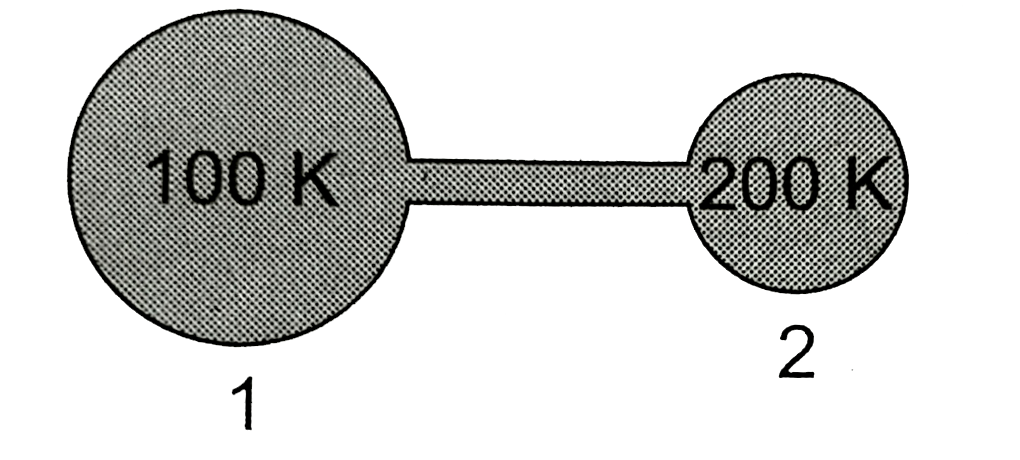Sudha took lemon juice in two flasks. She put salt in flask 1 and washing soda in flask II. She observed lots of bubbles in flask Il but nothing in flask I. What could be the reason for this?

In flask I, a chemical change takes place.
In flask II, a chemical change takes place and bubbles of carbon dioxide are seen.
In flask II, a physical change takes place producing lots of bubbles.
In flask I, salt reacts with lemon juice and forms a new compound.
The correct Answer is:B
Lemon juice (acid) reacts with washing soda (base) and liberates carbon dioxide gas i.e., a new substance is formed. Thus, it is a chemical change. Addition of salt in lemon juice is a physical change as salt only gets dissolved in lemon juice, no chemical reaction takes place.
Topper's Solved these Questions
Similar Questions
A house wife churned full cream with a milk churner
(i) What will she observe after churning the milk ?
(ii) What could be the possible reason for the observation ?
View SolutionTwo reactants in a flask at room temperature are producing bubbles of a gas that turn limewater milky. The reactants could be
View Solution
Knowledge Check
A substance A decomposes in solution following the first order kinetics, Flask Icontains 1 litre of 1 M solution of A and flask II contains 100 inL of 0.6 M solution of A. After 8 hours the concentration of A in flask I becomes 0.25 M. What will be the time for concentration of A in flask II to become 0.3 M?
A0.4 hoursB2.4 hoursC4.0 hoursDUnpredictable as rate constant is not given.Which fo the following is a correct statement ? ltbtgt (i) Titration is a process in which the solutions of two reagents are allowed to react .
(ii) Titration is carried out by adding the standard solution fo one reagant taken in a burette to the known volume (10 ro 20cm3 , mesured by a pipette) of the solution of the other reagent taken in a flask called then titration flask.
(iii) The solution taken the burette is called the titrant while that taken in the titration flask is called the analyte.
(iv) An acid-base indicator is an organic due which changes color wiht the pH of the solution at the equivalence point .A(i), (ii), (iii)B(ii), (iii), (iv)C(i), (ii) , (iv)D(i),(ii) (iii),(iv)A substance 'A' decomposes in solution following the first order kinetics. Flask I constains 1 L of 1 M solution of A and flask II constains 100 ml of 0.6 M solution. After 8 hr, the conc. Of A in flask 1 becomes 0.25 M. What will be time for conc. of A in flask II to become 0.3 M?
A0.4hrB2.4hrC4.0hrDunpredictable as rate constant is not given
In a science exhibition, a student called Rishi performed the following experiment. She took two containers of the same dimensions and filled one of them with wax and the other one with ice. She placed both of them in a boiling water bath. What difference could she observe during the melting of these two substances? Also predict the reason for the observed difference.
View SolutionIn a science exhibition, a student called Rishi performed the following experiment. She took two containers of the same dimensions and filled one of them with wax and the other one with ice. She placed both of them in a boiling water bath. What difference could she observe during the melting of these two substances? Also predict the reason for the observed difference.
View SolutionTwo flask A and B have equal volume. Flask A contains H2 and is maintained at 300 K while flask B contains an equal mass of CH4 gas and is maintained at 600 K.
(i) Which flask contains a greater number of molecules? How many times more?
(ii) In which flask is the pressure greater ? How many times greater ?
(iii) In which flask will the molecules moves faster ?
(iv) In which flask will the number of collisions with the wall greater?
View SolutionA substance ''A'' decomposes in solution following the first order kinetics. Flask I contains L of 1M solution of A and falsk II constains 100mL of 0.6M solution. After 8hr, the concentration, of A in flask I becomes 0.25M. What will be the time for concentration of A in flask II to become 0.3M ?
View SolutionFigure shows two flasks connected to each other. The volume of the flask 1 is twice that of flask 2. The system is filled with an ideal gas at temperature 100K and 200K respectively. If the mass of the gas in 1 be m then what is the mass of the gas in flask 2

View Solution
